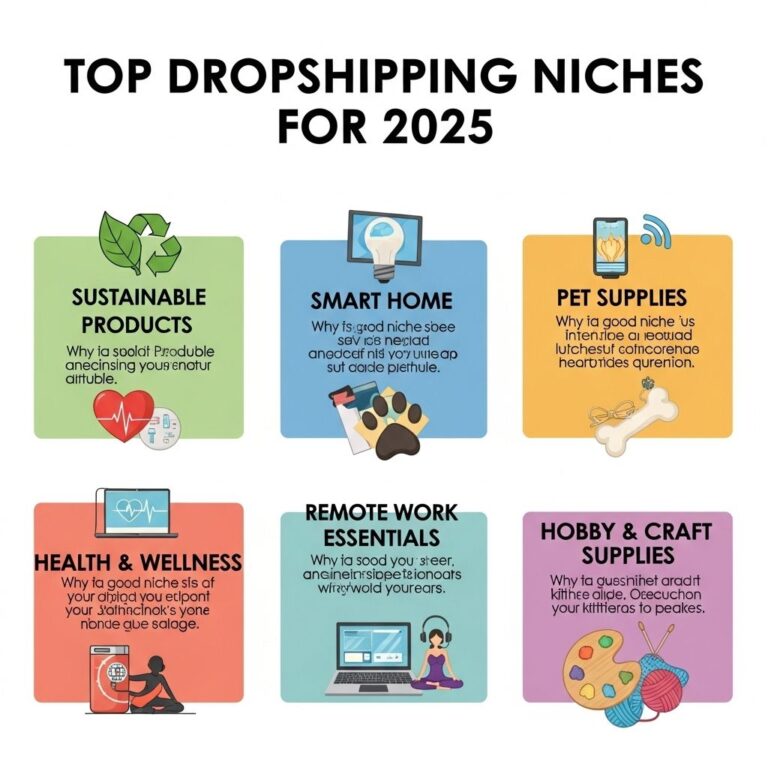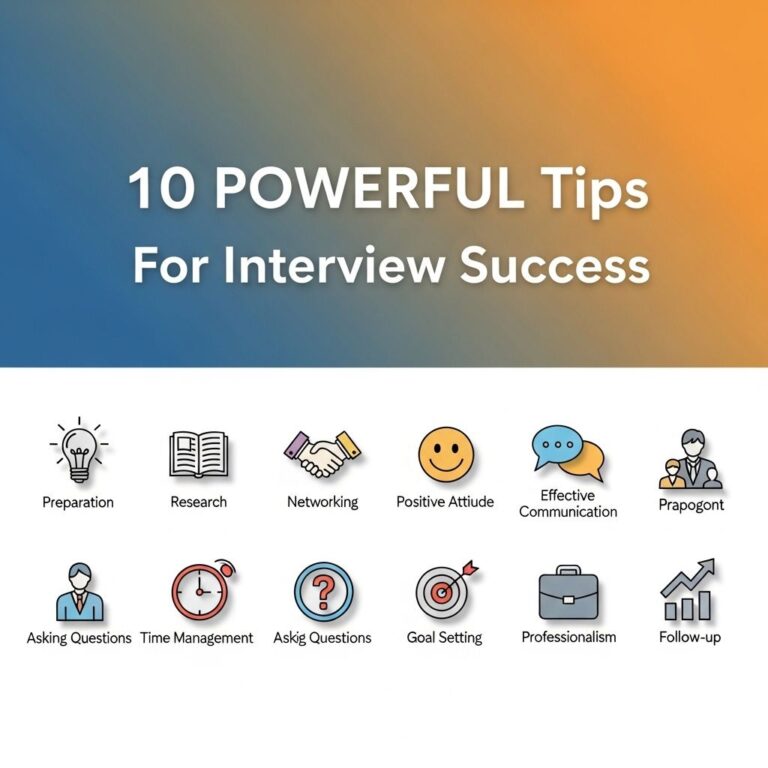In the age of technology and creativity fusion, artificial intelligence has opened new avenues for artistic expression. Generating stunning art using AI requires not only a sophisticated understanding of the technology but also the ability to craft effective prompts that can guide the AI to produce visually striking results. This article delves into the nuances of creating compelling prompts for AI art generation, offering insights and strategies for artists and enthusiasts alike.
Table of Contents
Understanding AI Art Generation
Before we dive into the intricacies of prompt creation, it’s essential to understand what AI art generation is and how it works. AI art generators, such as DALL-E, MidJourney, and Stable Diffusion, utilize complex algorithms and neural networks to interpret text prompts and create visual representations based on them.
Key Components of AI Art Generation
- Deep Learning: AI models are trained on vast datasets, learning patterns and styles that they can later replicate or innovate upon.
- Text Interpretation: The way AI interprets language is crucial; the specificity and creativity of a prompt can drastically affect the output.
- Visual Styles: Different models might have pre-defined styles or capabilities, influencing the artistic direction of the generated image.
Crafting Effective Prompts
Creating prompts for AI art involves a blend of creativity, clarity, and specificity. Here are some strategies to enhance your prompt-writing skills:
1. Be Specific but Flexible
While it’s important to provide detailed descriptions, allowing room for interpretation can lead to unexpected and exciting results. A prompt that is too rigid might constrain the AI’s creativity.
2. Use Descriptive Language
Descriptive language paints a vivid picture in the AI’s “mind.” Use adjectives that convey mood, tone, and style. For example:
| Basic Prompt | Enhanced Prompt |
|---|---|
| “A mountain scene” | “A serene, mist-covered mountain landscape at dawn, with purple hues and golden rays of sunlight peeking through the clouds.” |
| “A cat” | “A fluffy, orange tabby cat lounging lazily on a sunlit windowsill, surrounded by vibrant potted plants.” |
3. Incorporate Artistic Styles
If you have a particular style in mind, include it in your prompt. For example:
- “In the style of Van Gogh”
- “A cyberpunk aesthetic”
- “Art deco influences”
Examples of Prompts
Here are some example prompts that illustrate the aforementioned principles:
Nature-Inspired Prompts
- A majestic waterfall cascading down jagged rocks, surrounded by lush greenery and exotic flowers in a dreamy, ethereal light.
- A dense forest with ancient trees, their roots entwined as they reach towards a sparkling brook reflecting the colors of autumn foliage.
Fantasy and Sci-Fi Prompts
- A futuristic city skyline at dusk, illuminated by neon lights and flying cars, with towering skyscrapers made of glass and steel.
- A mystical dragon soaring above a castle, its scales shimmering with iridescent colors against a twilight sky filled with stars.
Incorporating Emotions and Themes
Art often conveys emotions and themes, and your prompts can do the same. Try to instill feelings into your descriptions:
Emotional Prompts
- A lonely figure standing on a cliff, gazing out over a stormy sea, with dark clouds swirling overhead, evoking feelings of despair and solitude.
- A joyous celebration in a bustling marketplace, filled with laughter, colorful decorations, and warm lights, portraying a sense of community and happiness.
Iterative Process of Refinement
Creating stunning AI art is often an iterative process. The first output may not be perfect, but it provides a foundation to refine your prompt further. Here’s how to approach this:
1. Review the Output
Assess what elements of the generated art resonate with your vision and what aspects need enhancement.
2. Modify Your Prompt
Based on your evaluation, tweak your prompt by adding more details or changing specific words.
3. Experiment
AI thrives on experimentation. Try variations of your prompt by changing adjectives, styles, or even focal points.
Conclusion
Creating stunning AI art prompts is both an art and a science. By understanding how AI interprets prompts and employing specific strategies for effective prompt crafting, artists can unlock a new realm of creativity. Whether you’re a seasoned artist or a curious beginner, the potential for exploration and expression through AI-generated art is boundless. Embrace the process, refine your approach, and let your imagination run wild.
FAQ
What are AI art prompts?
AI art prompts are descriptive phrases or ideas provided to artificial intelligence tools to generate artwork. They guide the AI in creating visuals that align with the user’s vision.
How do I create effective AI art prompts?
To create effective AI art prompts, be specific about the elements you want in the artwork, including style, color palette, and subject matter. Use adjectives and nouns that evoke strong imagery.
What are some examples of AI art prompts?
Examples of AI art prompts include ‘a surreal landscape with floating islands and vibrant colors’ or ‘a futuristic city skyline at sunset with flying cars’.
Can AI art prompts be used for different art styles?
Yes, AI art prompts can be tailored to various art styles such as abstract, realistic, impressionistic, or even cartoonish, depending on the desired outcome.
How can I improve my AI art prompts over time?
You can improve your AI art prompts by experimenting with different descriptions, studying successful prompts from others, and refining your approach based on the AI’s output.
Are there tools available to help generate AI art prompts?
Yes, there are online tools and communities dedicated to generating AI art prompts, providing inspiration and tips for creating unique and imaginative prompts.









